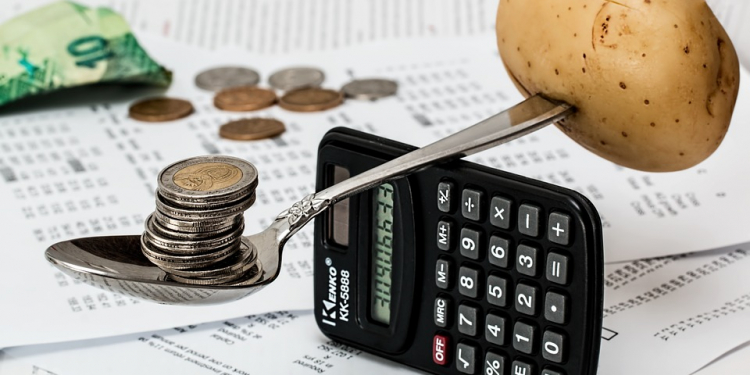Relatively good potato prices can currently be hedged on the futures market. Around 1,000 euros more per hectare than on the cash market are definitely possible for resourceful producers.

The potato prices for aging goods have increased in the past few weeks under the impression of better demand. In addition, larger amounts have flowed into the feeding trough and into alternative uses. This recycling is no longer a competition for sales in the “free” processing potato sector.

For the market varieties, potatoes are currently being offered in bulk, from 5 to 7 euros / dt from the farm, while the futures market is around 9 euros / dt at the beginning of February for delivery month April 2021. If you evaluate the usual stock reports for twelve weeks up to the 17th calendar week, i.e. the end of April, at 1.50 euros / dt, the result is a negative basis of -1.50 euros / dt (cash market minus futures market).
Tip: A futures market hedge is now excellent. With a hedge on the futures market, about 1.50 euros / dt or the equivalent of 1,000 euros / ha more can be earned than with a sale on the cash market.
The further course / price development will largely depend on the future development of the corona pandemic.
Attractive deals are also possible for the coming harvest
The prices for the April 2022 future on the Leipzig stock exchange EEX are developing just as well. This future is the decisive price for goods in stock from the 2021 potato harvest. The contract reached its highest level to date on February 3 at EUR 15.60 / dt. Those farmers who know how to hedge futures markets can currently hedge profitably at these rates.

Farmers who know how to hedge futures can currently hedge profitably at these rates.
In the meantime, the first contract prices for goods in stock for the coming harvest have also become known, which at a large trading company in the Rhineland are only slightly below last year’s offers. These contracts are based on yields per hectare of 420 to 500 dt / ha, which means that any additional yield is viewed as free goods with an obligation to tender.
The pricing is then based on the so-called daily price on delivery, which roughly corresponds to the Potato Index. In this respect, this amount can be viewed and treated according to the amount of an EFP contract. This trading house does not require any land restrictions from its contract farmers. On the contrary, suitable newcomers are also welcome. Just so much on the subject that in the last few months many cultivation associations have demanded area restrictions of 15 to 20%!
Growing in line with the market is strongly recommended
However, the professionals among the potato growers know exactly: The fixed contract prices are one thing, what is ultimately paid out is another. It is not uncommon for the quality deductions to be significantly higher in years with good harvest results than in years when quantities are scarce.
In the end, it is not only the agreed price and the harvested quantity that counts with potatoes, but what is paid out after the settlement. In this sense, one can only advise potato growers to cultivate in line with market conditions, even with predominantly contract cultivation, in order to avoid as possible any price pressure from the goods to be offered. It is also important to make clever use of all available marketing instruments. The production costs and risks of potatoes are so high that only professionals should be in the potato business.









